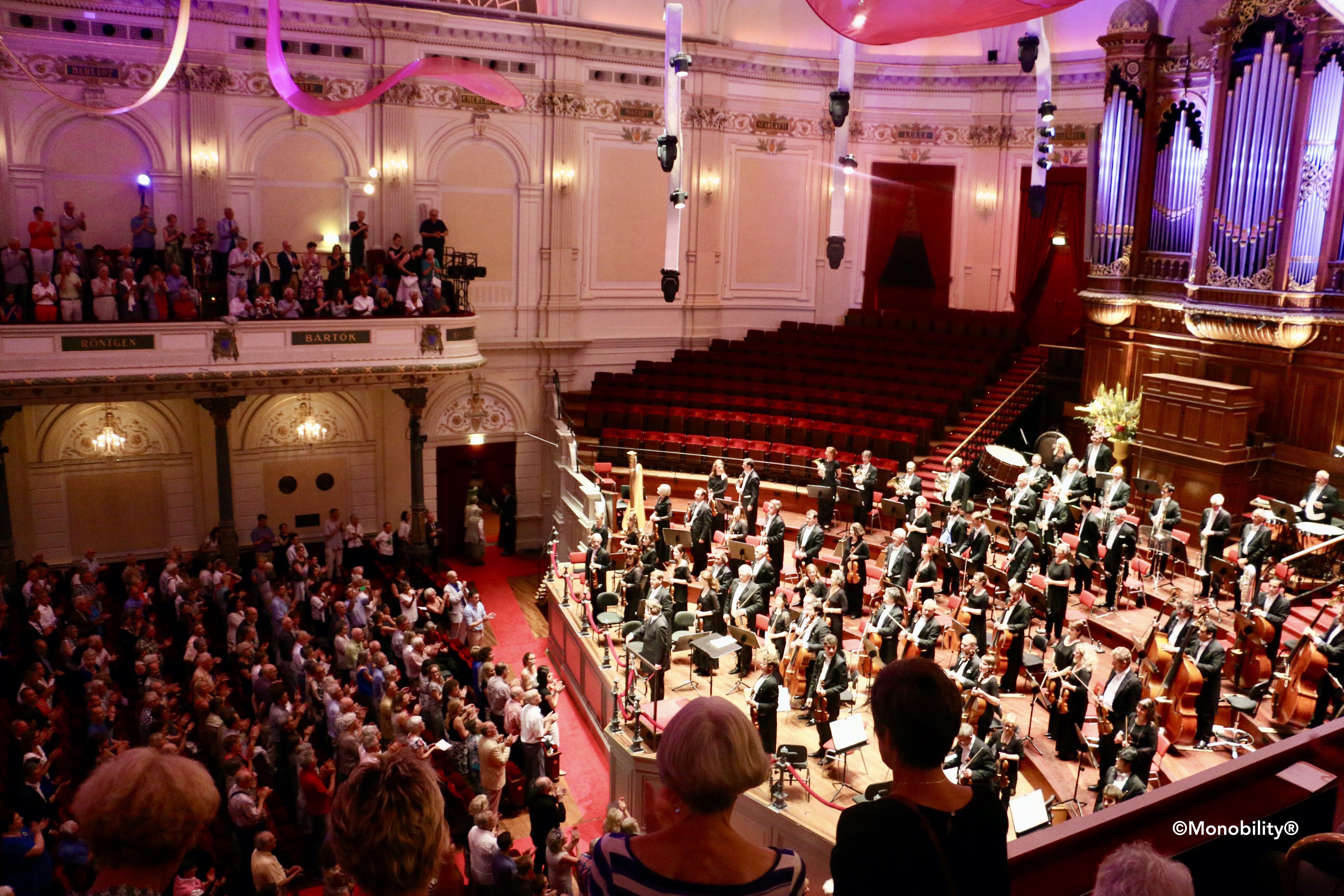A. Before and After – Time Clauses
It is amazingly simple to say basic time expressions “Before …” and “After …” in Korean. You need to first know what “verb stem” is – the main part of root (radical) form of verbs, dropping “-다” at the end.
- Before: Simply add “기 전에” after the verb stem.
- 음악이 끝나기 전에 before the music ends [ 끝나다 to end; 끝나 (verb stem) + 기 전에 = 끝나기 전에 before … ends ]
- 점심 먹기 전에 만납시다 Let’s meet before we have lunch [ 먹다 to eat; 먹 (verb stem) + 기 전에 = 먹기 전에 before … eat ]
- After
i) If the verb stem ends with a vowel, add “-ㄴ 후에” or “-ㄴ 다음에”:
- 음악이 끝난 후에 after the music ends [ 끝나 (verb stem ending with a vowel ㅏ) + ㄴ 후에 = 끝난 후에 = 끝난 다음에 after … ends ]
ii) If the verb stem ends with a consonant, add “-은 후에” or “-은 다음에”:
- 뭘 먹은 다음에 뛰지 마 Don’t run after you eat something [ 먹 (verb stem ending with a consonant ㄱ) + 은 후에 = 먹은 후에 = 먹은 다음에 after … eat ]
No subjunctive, no “ne explétif,” no future tense, no conjugation with 1st, 2nd, 3rd persons, singular or plural. Forget about all those. With Korean, all you have to do is to focus on the sounds of words and to make them sound phonologically correct! Amazing simplicity. How elegant Korean grammar is! ^^
B. Verb/Adjective Particles -고, -도, and -서
Out of so many Korean particles expressing a speaker’s subtle emotions and thoughts, the following three are among the most commonly used, so the most useful for beginners.
- Connecting (Enumerative) Particle -고: …, and
To say “and” after a verb, simply add “-고” right after the verb stem:
- 인제 나는 놀고 너는 일하는 거야 Now I play, and you work [ 놀다 to play; 놀 (verb stem) +고 = 놀고 … play, and … ]
- 널 다시 만나기를 얼마나 바라고 바랬는지 넌 몰라 You don’t know how I wished, and wished to see you again [ 바라다 to wish; 바라 (verb stem) +고 = 바라고 wish, and ]
The above example shows that Koreans sometimes use the same verb repeatedly connected with “-고”, to say something emphatically. This enumerative sentence structure is used not only in a poem or a song, but also in normal conversations. Sometimes the adverb “또” is inserted right after “-고.”
- Concession Particle -도: Even though … / Even if … ( …, but )
In many previous articles, I explained this ubiquitous particle -도 and the concept of “concession” in sentences translated as “even though” “even if”, or “…, but.” Unlike the simple -고, this one requires an additional attention to the verb stem:
i) If the verb/adjective stem ends with vowel ㅏ or ㅗ, add 아도:
- 가도 아주 가지는 않노라심은 That even if you go, you won’t be gone forever… [ 가다 to go; 가 (verb stem ending with ㅏ) +아도 => 가아도 => contraction of the same vowel ㅏ + 아 => 가도 even if … go ] [ from 개여울 (1922) by 김소월 ]
ii) If the verb/adjective stem ends with anything other than ㅏ or ㅗ, add 어도:
- 쓰레기는 매일 버려도 쓰레기통은 계속 찬다 Even though we throw away garbage every day, the trash can keeps getting refilled [ 버리다 to throw away; 버리 (verb stem ending with ㅣ) +어도 => 버리어도 => contraction of 리 + 어 = 려 => 버려도 even though … throw away ]
iii) If the verb/adjective root form is -하다, simply change it into -해도:
- 내가 천천히 말해도 이해를 못하는군요 Even though I speak slowly, you don’t seem to understand [ 말하다 to speak, to say (root form ending with -하다) => 말해도 even though … speak/say ]
Rules are made to be broken. There are a few “irregular” cases that surpass the above rules, such as 바라다 wish => 바래도; 듣다 hear/listen => 들어도; 부르다 call => 불러도; 바쁘다 busy => 바빠도; 아름답다 beautiful => 아름다와도, etc.
Sometimes, breaking the rules is the right thing to do! ^^
- Causation Particle -서: Because …, As … ( by …ing )
“-서” is another common particle that has various meanings, mainly the reason/cause for the subsequent sentence (Because/since … ), or the means (By …ing), or consecutive/simultaneous actions (As … ). The rules for “-서” are exactly the same as the above rules for “-도”:
i) If the verb/adjective stem ends with vowel ㅏ or ㅗ, add 아서:
- 이리 와서 앉아 Come here and sit down [ 오다 to come; verb stem ending with ㅗ => add 아서 => 오 + 아서 => 와서 (contraction of 오아 = 와) come and … (consecutive actions) ]
ii) If the verb/adjective stem ends with anything other than ㅏ or ㅗ, add 어서:
- 너무 보고 싶어서 because I miss you so much [ 보고 싶다 to miss, to want to see; 싶다 => 싶 verb stem ending with ㅣ => add 어서 => 싶 +어서 => 싶어서 because … miss ]
iii) If the verb/adjective root form is -하다, simply change it into -해서:
- 가난한 내가 아름다운 나타샤를 사랑해서 오늘 밤은 푹푹 눈이 나린다 Because I, poor as I am, love the beautiful Natasha, tonight it’s snowing thick and fast [ 사랑하다 to love; root form -하다 => 사랑해서 because/as I love … ] [ from 나와 나타샤와 흰 당나귀 by 백석 (1912 – 1996) ]
In one of her many R & B hit songs “음악이 끝나기 전에 (Before the Music Ends),” Korea’s top singer 거미 (Gummy) exquisitely interprets a couple of unusual but creative musical and lyrical devices, namely, i) glissando for the word “울다가” [ 울다 to cry, weep ], mimicking the sound of weeping; ii) repetitive identical verbs with the connecting particle “-고,” which Koreans use to accentuate emotional expressions even in daily normal conversations, as I explained above. Never underestimate the effects of repetition on human emotions. Would she have ever imagined that her powerful musical performance could inspire linguistic endeavors and serve as a wonderful material for your Korean language study? ^^
Enjoy the video, before the music ends!

Check out our Facebook for much more:



